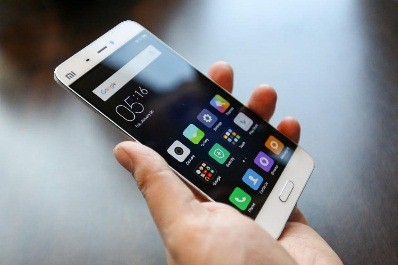Meet the modern Asian consumer

Did you know that:
The Asian population is young in age. Indicatively, Chinese and Indian young people between 15 – 29 yrs. account today for more than 620 million, are highly educated and informed and love to buy well-known brands.
Consumers in Asia are keen connoisseurs and users of new technologies and especially of the mobile devices. In 2013, the Asia-Pacific totaled about 2.5 billion mobile phone users with 1 billion to be Chinese, and about another half a billion Indians. Today, 98% of the Asian consumers hold a smartphone, 88% of them use it very often for communication in social media (83%) or for surfing the Internet (77%). Most users of smartphones in Asia are Chinese and 94% of them use it all the time.

Consumers in Asia are buying more and more products online. E-commerce is highly developed in China, and has begun to grow in Southeast Asia.
Before purchasing a product they are used to look for information on the internet and in particular through their mobile devices for offers and discounts, or to compare prices with other products on e-shops and the corresponding physical stores and make their purchases mainly electronically through their smartphones. After using the products they are used to write reviews on the internet and the social media.

They enjoy receiving information on products and offers that are tailored to their preferences and based on the history of their purchases, primarily via e-mail.
The main categories of consumer goods that Asian consumers buy online are electrical appliances, clothes, cosmetics, pet care items and luxury products.
They are more receptive to Western values and Western culture
They emphasize on the quality and the price of a product (value for money)
They choose brands that benefit both society and the environment and which give them a feeling of authenticity, have a strong story-telling and aim to develop emotional ties with their clients.
 They prefer brands that set as priority time saving as well as comfort and convenience.
They prefer brands that set as priority time saving as well as comfort and convenience.
Source: Benjamin Cher (2016) Helen H. Wang (2015), www.accenture.com, www.enterpriseinnovation.net, www.ogilvydo.com, www.experian.com.sg

